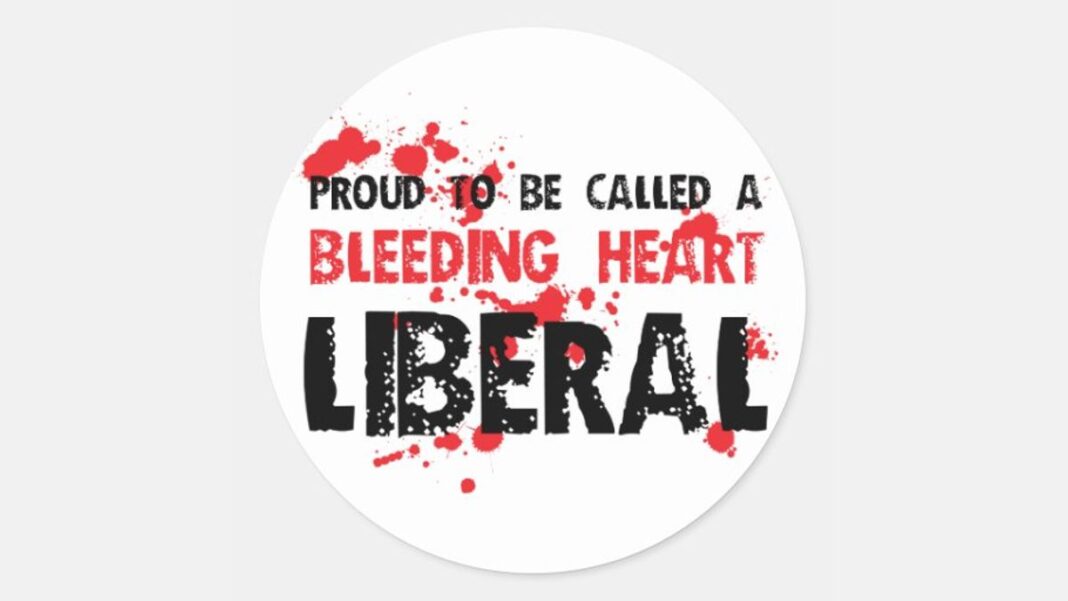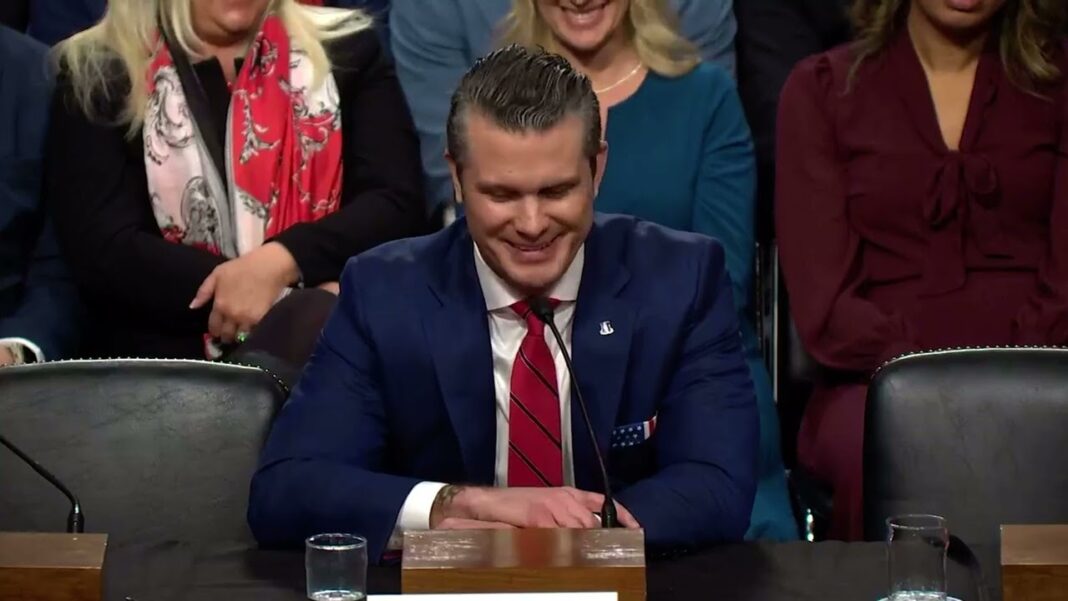Once upon a time in America there existed something we call a ‘ bleeding heart liberal ‘. It is noteworthy to say this was a uniquely American phenomenon. Liberal in the UK, for example, normally carried a different connotation: it was a viewpoint that fell between social democratic belief that big government was required to control an unhinged market, while also rejecting the conservative view that the private sector did things best and the government should be minimally involved in people’s lives. It generally prescribed a medium government philosophy of the state couldn’t be too small or too big.
America’s bleeding heart liberal tradition may share a vague conception of medium government. That however wasn’t their main driving belief. What is most unique about the bleeding heart liberal is possibly that rather than ideology or pragmatic politics, their belief was based on the idea the heart should lead. Inspired by what I can see is a mix of the social gospel movement ideas with that of the women’s movement and civil rights movements in standing up for minority rights. As well as what we could call reformed hippie ideas concerning peace, probably at the end of the 1970s, to create a uniquely emotive political tradition.
Later it would expand to stand for LGBTQ plus rights and environmentalism. Particularly when it comes to animal rights we can see Catholic Franciscan beliefs being integrated into a religiously pluralistic belief system. It would expand from a belief mainly found among Liberal mainline protestants to find mass adherence to among all faiths, creeds and income background of a liberal persuasion. It Ideologically took Joseph Fletcher situation ethics that the most loving way of doing something was the right course. Their unifying belief and politically commitment was to appeal to the human heart to end cruelty.
The grouping of voters wouldn’t form a formal movement. Instead they would create a friendship network of movements which would come together to oppose things they believed generally were cruel. The befriending element gave the Democratic party base, for decades, pluralistic beliefs which generally avoided doctrinal or dogmatic thinking, creating a party driven by emotional reaction to social issues.
This is a distinctive belief to what most conservative call WOKE. It didn’t have a belief that everyone should share its belief system or value system or a view that those who disagreed with them were bad or evil. They took for granted the idea that no two people were the same. How else could such a belief find its way into the heart of such a diverse grouping of people. It didn’t believe in punishing people for behaving in a different way to their core singular assumption. There was a simple impulse: if it could make you cry, it shouldn’t be happening in the world.
This view was widespread among much of the Democratic base until the late 1990s, but never found a champion to push it forward and certainly never found a presidential nominee who would base their national decision making on it driving belief.
They did find a nominee in the Republican party which is evidence of the successes Befriending and inclusive element of Bleeding heart liberalism allowed them to reach out across party lines. In George Bush senior they found someone who understood their fear arguably. That America was becoming cruel, a fear which had possibly begun with the dropping of a nuclear bomb on Hiroshima and then catalyzing as a political action point after US use of chemical weapons in Vietnam. Then seeing hippyism as not practical expanding into a more organized but equally eclectic group of people who form a friendship network of like hearted people.
The belief in a ‘ Gentler America for a kinder world ‘. In reality, it captivated the desire of Bleeding heart liberals. The marriage of bleeding heart liberalism and conservatism would create a new tradition called compassionate conservatism. This shows how the bleeding heart liberal tradition created a family of ideas. Which simply shared an emotive belief that cruelty or harshness in society needed to be beaten.
Then came Bill Clinton who appealed to pragmatism after the election defeat in 1988. Transformed the Democratic party. The belief in the most loving course being the right way to do things was thrown aside. Instead it would become the most practical. In 1992 with the defeat of George Bush senior it was over.
Even though George Bush Junior would consider himself a compassionate conservative. The event of 9/11 would redefine his presidency to one of a tough neoconservative. By then the culture war rhetoric had set in breaking down the befriending politics bleeding heart liberalism needed to mobilize support.
A younger generation would watch this unfold seeing their grandparents and parents be pushed aside in the Democratic party. Also seeing how the politics of befriending failed to end what liberals see as social cruelty. This would create a new doctrine that cruelty must be stopped by state intervention rather than appealing to the human heart. Which led to a mix of Marxism and liberalism which saw those who didn’t conform to it as evil. This doctrine we normally in conservative circles call woke.
Without bleeding heart liberals our politics, despite the many faults, are poorer. Having a opponent whose heart is in the right place is, in many ways, a blessing I think we took for granted. If there is to be Liberalism, and history suggests that in a democracy they always develop on the left and right, then we should mourn the loss of a noble opponent in bleeding heart liberalism.






